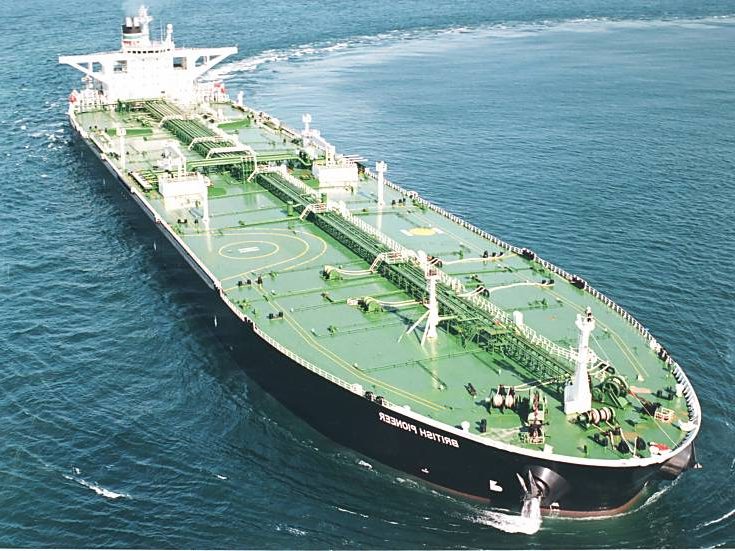29 August 2011, Sweetcrude, Kainji – Nigeria’s federal government says it plans to install four additional hydro-electric turbines in the units 1, 2, 3 and 4 open pits of Kainji Hydro-Electric Plant as part of plans to achieve increased power generation. The pits have remained open since the completion of the plant in 1968.
Minister of Power, Prof. Barth Nnaji, disclosed this at the weekend in Kainji during his inspection tour of the plant as part of his official assessment of power facilities in the country.
He told reporters: “What we will like is to be able, in one go, to repair all these units to see the full realisation of the capacity originally installed here, that will really do a lot for power in this country so that the entire 760 megawatts can become available all at once and we would be able to modernise the plant and even more so, the open pit will have turbines installed in them, thereby increasing the capacity of this plant. This will be wonderful for this nation.
“What we do not want is to have investments lying fallow. The open pit has remained open since the time of the construction of this plant and it is just not good to think about because when we are talking about a country lacking power, unless we have a recovery and installation of this nature, then we are not going to go far.”
The minister did not disclose details of the planned installation such as the cost and timeframe for its commencement and completion, but directed the Chief Executive Officer of the plant, Mr. Reuben Akinwunmi, to liaise with relevant offices in the Ministry of Power as well as Power Holding Company of Nigeria (PHCN) to draw up the cost implication for the installation of the new turbines.
“It will take approximately four years to complete the installation of the turbines, but the sooner we start, the better for us because some work has already been done, just to get the equipment and install them. So I will like the CEO to work with us at the ministry and the Power Holding Company of Nigeria to come up with a proposal that will indicate the cost implication of the installation of the turbines in the open pit,” he said.
According to him, “It will be good for us to know what it will cost to embark on an entire rehabilitation of the plant and of course, you have indicated that we will need a 330KV transformer to export the power if we do the installation.”
Akinwunmi had earlier told Nnaji that the power plant was in a dire strait with current generation dropping to 210 megawatts owing to incessant breakdown of the serviceable generating units. He linked the breakdown to lack of statutory overhaul.
“Kainji Station is in a dire strait and requires urgent and coordinated attention, apart from the unreliability of generating units, threats of flood linked to leakages have become great challenges to us and out of the eight generating units, only unit 1G11 was completely overhauled in 2002 and this same unit is due for another overhaul,” he explained.
The units have remained open pits that have been awaiting installation of additional four turbine machines that could contribute about 200 megawatts of electricity to beef up power generation in the plant with an originally designed generation capacity of 960 megawatts.
Kainji plant is Nigeria’s oldest hydro-electric power station, and the eventual installation of the four turbine machines by the Federal Government will bring to conclusion the design of the power station to effectively add in stabilizing power supply in Nigeria.
Meanwhile, Nnaji also took time to explain reasons behind the recent drop in power distribution which had reportedly affected Lagos, Abeokuta and few cities across the country. The minister attributed the drop to system collapse which had occurred in one of the major power stations in the country.
“What happened is what I will explain to you. Usually, if at a particular gas-fired power station, you lose pressure and the power station goes out, it carries with it a lot of power and pulls down the entire network, resulting in system collapse, and unless you have frequency control reserve power, it will affect power distribution. System collapse could also occur from pure vegetation.
“And what we are trying to do is to see how we can increase the amount of power that is in reserve in multiple stations and locations. Right now, we have in Egbin but we need to have in Ughelli and Jebba. If we do succeed in installing the turbines in the open pits, we can have improved capacity for a frequency mechanism here in Kainji, but this is why a national network is useful to control the networks and ensure that systems do not go down.”
He also said that the 5,000 megawatts target of the government by December was in line. “Our job now is to try to improve the amount of power for reserve so that we do not have this kind of situation. So, we are dealing with all these minimal issues that we need to address to ensure that we do not have system collapse and attain our target,” he added.




